Table of content
Cooking wonton, a delicate dumpling often filled with ground pork, shrimp, or a blend of meats and vegetables, is an art that requires precision and attention to detail. Whether you’re boiling, steaming, or frying these delightful morsels, knowing precisely when they are cooked to perfection is crucial for achieving the optimal texture and flavor. This guide delves into the various methods of cooking wonton and provides comprehensive tips on how to judge their doneness accurately. By understanding the visual, textural, and timing cues, you can ensure that every wonton you prepare is tender, juicy, and bursting with flavor.
Understanding the Cooking Process
Before diving into the specifics of determining doneness, it’s essential to grasp the fundamental principles behind cooking wonton. The primary goal is to cook the filling thoroughly while ensuring the wrapper remains tender and does not disintegrate. The cooking method you choose—boiling, steaming, or frying—will influence the timeline and the cues you look for to ascertain doneness.
Boiling Wonton
Boiling is the most common method for cooking wonton, especially in soup-based dishes. Here’s a step-by-step guide to boiling wonton and determining if they are cooked:
-
Preparation:
- Ensure your wonton wrappers are sealed properly to prevent leakage.
- Fill a large pot with water and bring it to a rolling boil.
-
Cooking:
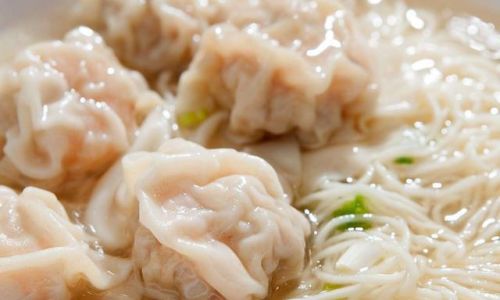
- Carefully drop the wonton into the boiling water using a slotted spoon to avoid splashing.
- Stir gently to prevent them from sticking to the bottom or each other.
-
Timing:
For fresh wonton, cook for about 3-5 minutes, depending on their size and the thickness of the wrapper. Frozen wonton may require an additional 1-2 minutes.
-
Visual Cues:
- Color Change: The wrappers should turn slightly translucent and the edges may start to puff up slightly.
- Floating: Once the wonton are cooked, they will float to the surface of the water. However, this alone is not a foolproof indicator of doneness, as they can float prematurely.
-
Textural Check:
Remove one wonton from the pot and let it cool slightly. Carefully bite into it to check the texture of both the wrapper and the filling. The filling should be fully cooked, with no pink spots, and the wrapper should be tender but not overly soft or mushy.
Steaming Wonton
Steaming wonton preserves their delicate texture and is often preferred for those who enjoy a lighter, healthier option. Here’s how to steam wonton and determine their doneness:
-
Preparation:
- Line a steaming basket or tray with parchment paper or banana leaves to prevent sticking.
- Place the wonton in a single layer, ensuring they are not overcrowded.
-
Cooking:
- Fill a pot with water and bring it to a boil. Place the steaming basket over the pot, making sure the water does not touch the bottom of the basket.
- Cover the pot and steam for about 8-12 minutes, depending on the size and thickness of the wonton.
-
Visual Cues:
- The wrappers should become slightly translucent and may have a slight shine.
- There should be no visible moisture inside the wonton when you peek through the wrapper.
-
Textural Check:
Carefully remove one wonton and let it cool. Gently press on the wrapper to feel its firmness. It should be tender but not overly soft. The filling should be cooked through and have a consistent texture.
Frying Wonton
Fried wonton, often known as potstickers or pan-fried dumplings, offer a crispy exterior and a juicy interior. Here’s how to fry wonton and determine their doneness:
-
Preparation:
- Heat a non-stick skillet or frying pan over medium-high heat and add a small amount of oil.
- Arrange the wonton in a single layer, ensuring they are not overcrowded.
-
Cooking:
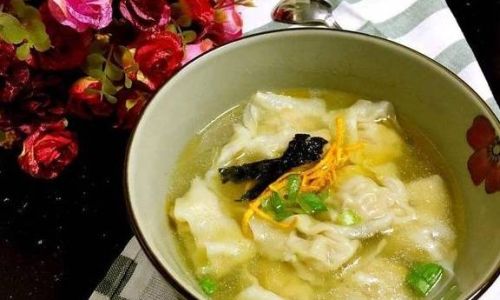
- Fry for about 2-3 minutes on one side until the bottom is golden brown and crispy.
- Carefully flip the wonton and add a small amount of water to the pan (about 1/4 cup), creating steam to cook the filling through.
- Cover the pan and let it steam for about 5-7 minutes, or until the water has evaporated and the bottom is once again crispy.
-
Visual Cues:
- The exterior should be evenly golden brown and crispy.
- The wrapper should have a slight translucence when viewed from the side.
-
Textural Check:
Carefully remove one wonton and let it cool slightly. The wrapper should be crispy on the outside and tender on the inside. The filling should be cooked through and juicy.
Additional Tips for Perfect Wonton
-
Temperature Control:
Maintaining the correct temperature is crucial, especially when frying. Too high can burn the exterior before the filling is cooked, while too low can result in soggy wonton.
-
Quality of Ingredients:
Use high-quality wrappers that are neither too thick nor too thin. Fresh ingredients for the filling will yield better results.
-
Sealing Technique:
Ensure the wonton are sealed properly to prevent leakage. A small amount of water on the edges can help with adhesion.
-
Doneness Testing:
Always test one wonton before removing all from the heat. This will give you an accurate indication of doneness without overcooking the entire batch.
Conclusion
Mastering the art of cooking wonton to perfection involves a combination of precise timing, visual observation, and textural analysis. Whether you prefer boiling, steaming, or frying, understanding the cues that indicate doneness will ensure that your wonton are tender, juicy, and bursting with flavor. By following the guidelines outlined in this guide, you can elevate your wonton-cooking skills and delight your taste buds with every bite. Happy cooking!
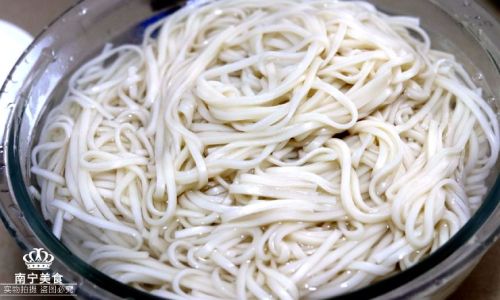
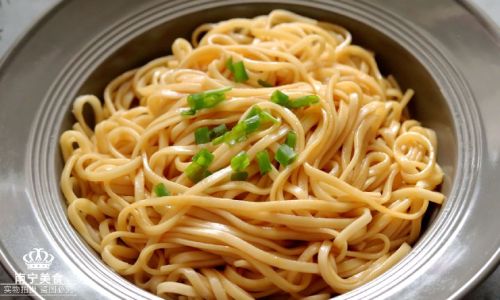
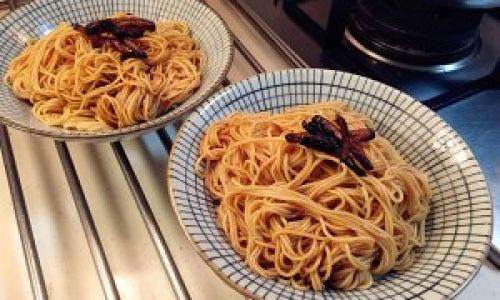
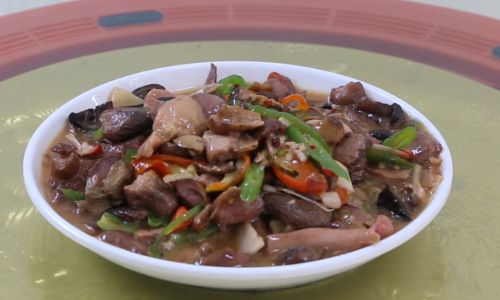
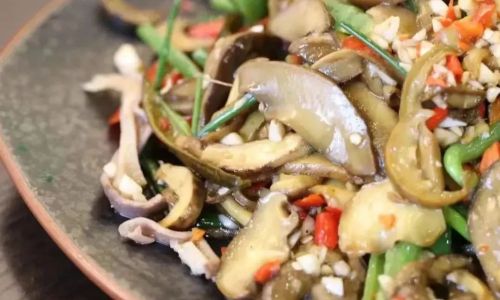
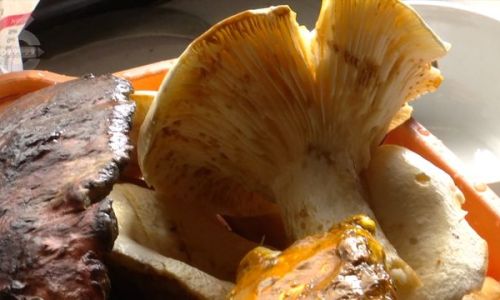
0 comments